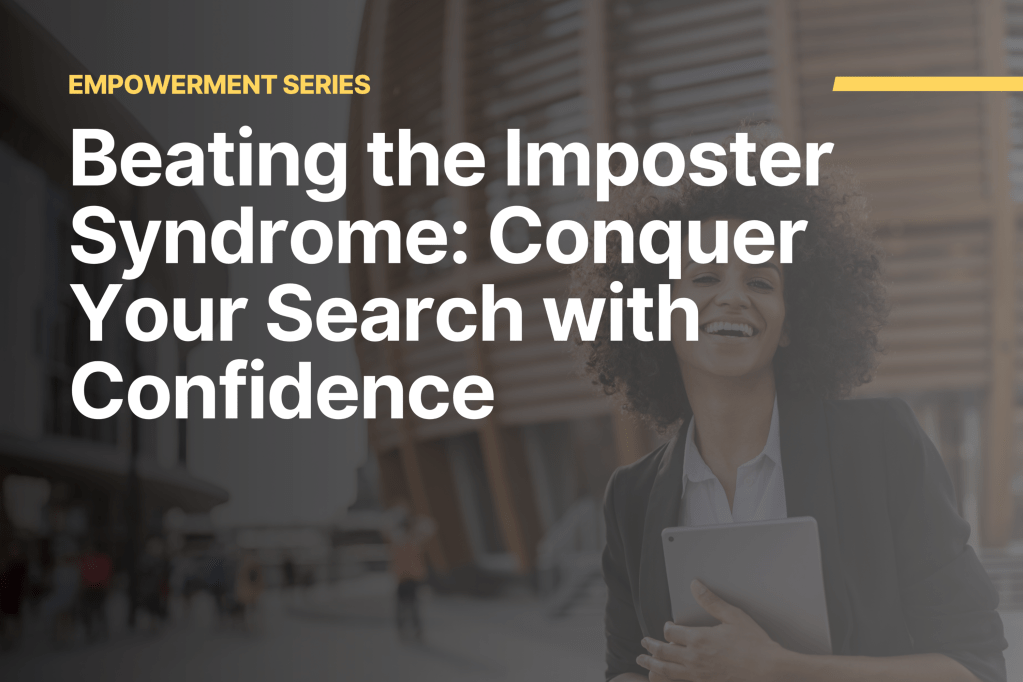2U, Inc. is the parent company of edX.
As the world begins its collective crawl out of COVID-19, there’s no denying that the pandemic has dramatically reshaped the higher education landscape, accelerating tailwinds that have been building for over a decade.
COVID softened the ground for university leadership, faculty, staff, and students to experiment with and adjust to teaching, learning, and administering courses online. Most institutions of higher learning have, at minimum, been able to adapt and adopt adequate methods for delivering remote instruction. A much smaller number have been mapping their online practices back to their core mission in order to extend it, and have even begun imagining and activating new possibilities for the future.
More than a year after the pandemic began, one particular notion seems to be dividing the pack: Moving courses online, while a significant challenge and undertaking, is one thing; developing and executing a digital transformation strategy is another.
For universities to remain relevant, competitive, and financially viable in this era of tremendous technological change, having a strong, comprehensive digital transformation strategy is imperative—now more than ever. Institutional inertia is no longer an option. Here are four reasons why.
1: Increased Digital Adoption
The barriers between physical and digital experiences are breaking down across every industry. People have an increased comfort with doing everything online, including learning. Today, post-pandemic, nearly every student in the U.S. has experienced online education in some capacity.
Learners from all backgrounds continue to report a growing preference for online education, with Strada reporting that 3 in 10 Americans express that even without COVID as a concern, they’d prefer an online-only learning option. Much like “online shopping” has become simply “shopping,” “online education” is becoming normative “education” in the modern era.
2: A Growing Population of Adult Learners
As the relationship between education and work shifts, student demographics are rapidly changing. The new economy has created an expanding population of adult learners who need to continuously upskill and reskill to stay relevant in the modern workplace. The pandemic has only deepened the demand for workforce-aligned education: Millions of unemployed or under-employed workers need training to secure new jobs. At the same time, many regional and programmatic accreditors have been re-evaluating and changing their requirements, requiring professionals to return to school for retraining.
According to the National Center for Education Statistics, non-traditional students— working adults, parents and caregivers, retirees, distance learners, etc.—are growing faster than the population of traditional on-campus university students. Strada Education also reports that interest in work-based and online education programs has increased substantially throughout the pandemic, with over a third of Americans saying they will need additional training or education to find new jobs.
3: Heightened Competition
The online higher education market is rapidly expanding, and students are becoming savvy consumers. They’re looking for high-quality programs that deliver academic excellence, engaging experiences, and a clear return on investment. The online degree market is one of the fastest-growing segments of global higher education, forecasted to reach $74B by 2025 by market intelligence firm HolonIQ, up from $36B in 2019.
But creating successful online programs in an increasingly crowded online marketplace isn’t easy: Burning Glass’s “Bad Bets” report reveals that 26% of online degree programs launching on the heels of the Great Recession reported zero conferrals by 2018, a high failure rate that reflects the challenges institutions face when launching new programs. High-quality online education demands a sophisticated capability set, including many capabilities that are outside the traditional university structure.
4: Mounting Liquidity and Financial Challenges
Colleges and universities, even well-endowed ones, are confronting complicated structural and budgetary challenges. The Hechinger Report estimates that more than 500 institutions show two or more signs of financial strain. Nearly 30% of all four-year schools brought in less tuition revenue per student in 2017-18 than in 2009-10. Furthermore, according to the American Council on Education, less than 5% of college budgets are dedicated to IT spending today.

Proven digital transformation partners…can support strategic long-term thinking and accelerative innovation, help drive positive student outcomes across new formats and modalities, and provide the upfront capital and sustained investment to expand online.
Nathan Greeno, Senior Vice President, University Relations at 2U, Inc.
The Power of Partnership
According to the American Council on Education, only one in six university leaders are confident in their colleges’ ability to change in response to market trends. That’s why institutions are increasingly seeking proven digital transformation partners that can support strategic long-term thinking and accelerative innovation, help drive positive student outcomes across new formats and modalities, and provide the upfront capital and sustained investment necessary to expand online.
Digital transformation is a complex, multi-faceted process by which universities replace more linear, manual functions with matrixed digital solutions that go well beyond supporting traditional methods of pedagogy and administration, and instead lead to new frontiers of innovation. At 2U, Inc., our solution is a combination of best-in-class technology, data, and people that together comprise 2UOS. Through this proprietary model, 2U, Inc. helps universities map future opportunities, using research and data analysis to assess everything from market demand to conferral rates to brand equity and more, so that they can build agile programs to last.
To enable partners to meet the needs of learners across their lives and careers, we power a spectrum of dynamic and flexible offerings across what we call the Career Curriculum Continuum (CCC), spanning from online undergraduate and graduate degree programs to alternative credentials like boot camps, short courses, and professional certificates. And to drive great student experiences and strong student outcomes, we provide a range of tech-enabled services from online learning design to career support, presenting new ways for universities to fulfill their brand promise, from first click to post-graduation. At the same, we use our scale to bend back the cost curve of delivering high-quality online education and pass those savings along to our partners, who can in turn make education more affordable for students.
Reaping the Rewards or Bearing the Consequences
With a digital transformation partner with the size and scope of 2U, Inc. by their side, many universities are more strategically and efficiently building toward a hybrid future of online and in-person learning experiences.
For example, after a decade of collaboration to successfully bring some of its top-ranked master’s degree programs online, University of North Carolina at Chapel Hill recently expanded its relationship with 2U, Inc. university-wide; they’re now accelerating the launch of new online degrees and shorter-form, credential-based offerings across disciplines, while building capacity and advancing digital education pedagogy and research. And from an international perspective, the London School of Economics and Political Science is building on the success of its extensive online short course offerings to attract even more learners globally with a fast-growing roster of new online undergraduate programs, ranging from Data Science and Business Analytics to Economics and Management to International Relations.
Universities with a strong digital transformation strategy are discovering ways to future-proof their programming, overcome physical space limitations and geographic barriers to increase student access, empower faculty with both new tools for teaching and more time for research—and ultimately get back to doing more of what they were designed to do in the first place.
On the other hand, institutions of higher learning that resist digital transformation have a more challenging road ahead. Universities with generous endowments not committed to this goal could choose to create a cocoon, going inward and becoming a specialized option for select students, but they’d exclude a diverse cohort of learners in the process. For state-supported institutions, survival would hinge on sheer political will for funding. And at private institutions without significant endowments, missing out at this critical moment could mark the beginning of the end.
In the months and years to come, truly innovative universities will form a category all their own, seizing this time of systemic disruption to imagine higher education in a post-digital world. They’ll be on the front lines of reshaping the academy, extending their relevance through access, and impacting countless lives.
The article was originally published on The Latest on May 26, 2021.










